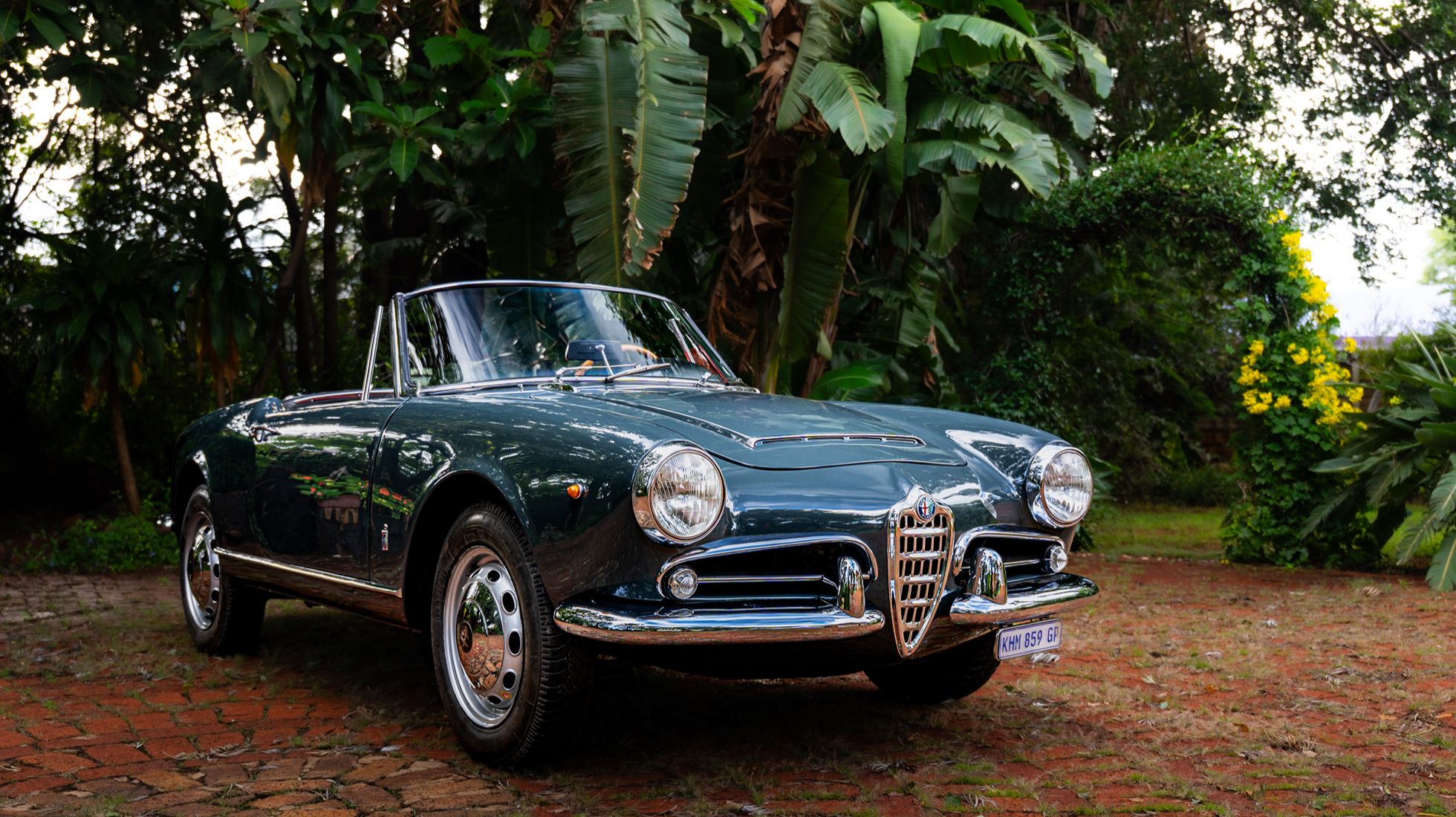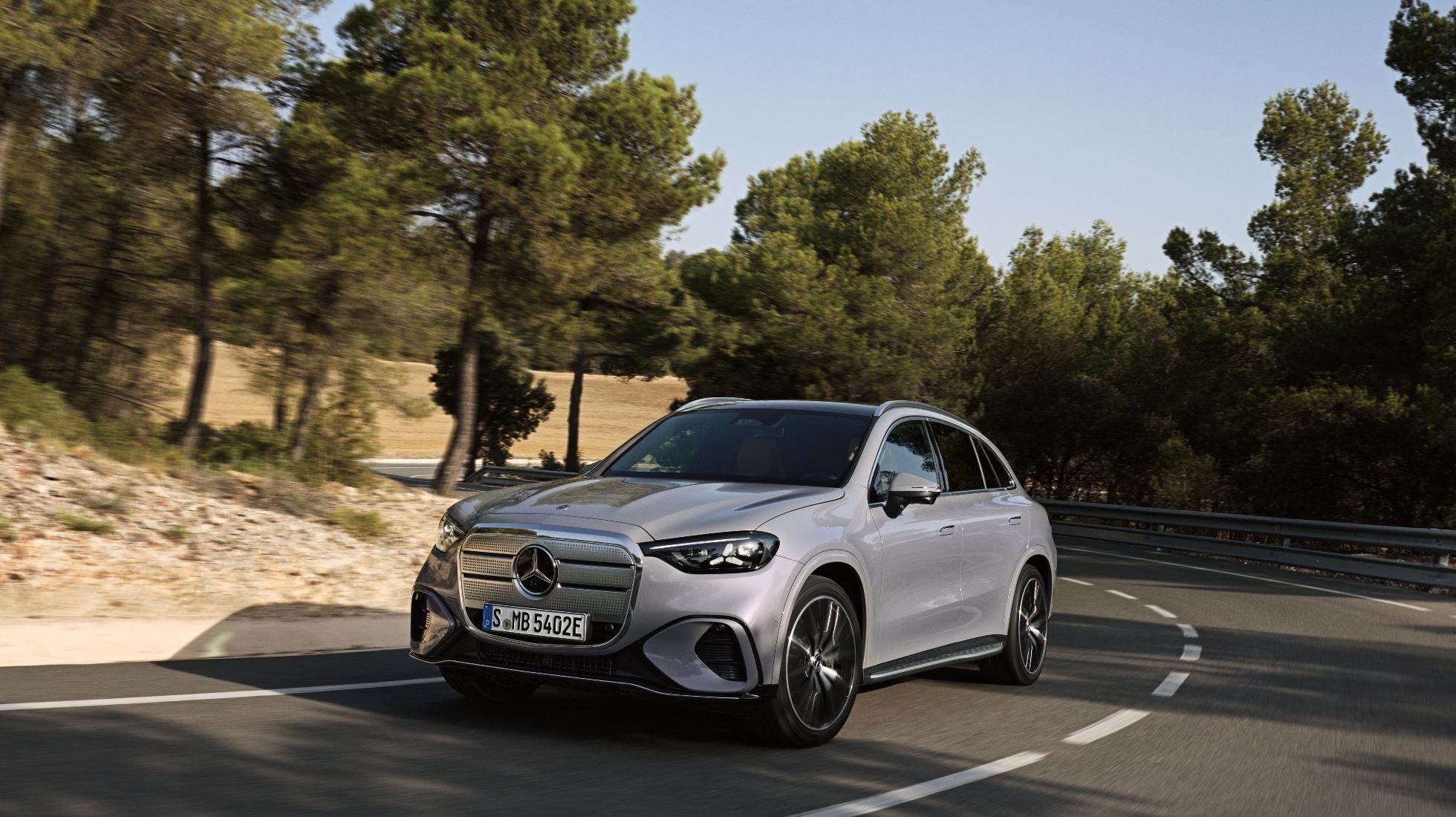Another day. Another hypercar record plot.
A drying track set the scene for Koenigsegg's new record-breaking outing, and high speeds and damp surfaces don't mix well. Despite Rimac's dominating crusade in all things acceleration and braking, apparently petrol power still retains the edge at achieving really fast speeds, with the Koenigsegg Jesko Absolut reclaiming its title as the fastest to 400km/h and back to zero.
A month prior to this outing, Rimac broke the record, previously achieved by the Jesko Absolut last year, by 2.04s with a time of 25.79s. Koenigsegg shot back to prove that rear-wheel-drive petrol power, with a touch of electricity, is still the king of high speeds and braking force with a new time of 25.21s with test driver Markus Lundh behind the wheel. As an interesting side note, Koenigsegg says that the conditions were "sub-optimal", since the run happened right after it rained and the Örebro Airfield wasn't completely dry.
As the competition heats up, manufacturers rarely acknowledge it, but Rimac and Koenigsegg are clear rivals. Christian von Koenigsegg stated, “We achieve this level of performance with a production car utilising a combustion engine with rear-wheel-drive only. Beating four-wheel-drive electric cars in a straight line is almost magical and shows that ‘truths’ can be rewritten.” That's fighting talk from the big boss, but it's a duel we are deeply invested in.
Although the Absolut has snatched its crown back, Markus Lundh added a few more times to the board, achieving a 0-400km/h time of 16.77s, 400-0kmh in 8.44s, and for the nations that prefer the mile over the kilometre, it achieved a 0-250-0mph in 25.67s, 0-250mph in 17.18s and 250-0mph in 8.49s. To add a touch of context, 250mph is a touch over 400km/h at 402km/h.
To beat out the Rimac Nevera, there wasn't an overwhelming list of modifications made to the Absolute. In fact, the majority of the modifications consist of software improvements to its Light Speed Transmission and engine management system, along with the addition of a new torque control system. In other words, the car's onboard computers respond faster to changes in traction and allow for stronger acceleration, particularly at low speeds, and stronger and more consistent braking force. Considering the surface quality of this run, these systems make a big difference and will be added to customer cars to ensure their models run at optimal performance.
It's a competition which is all about refinement, and we thought the Rimac Nevera had pretty much perfected straight-line performance. So the question in our mind is, how much faster will these cars get, and how will Rimac respond? Let's see what you've got, Mate Rimac.

.jpeg)


.jpg)

.jpg)














